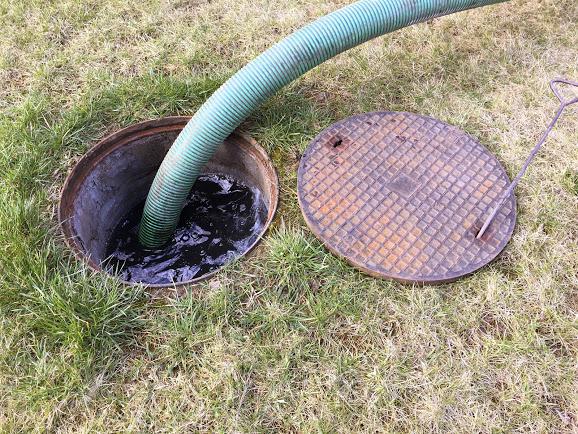Caring for a Drain Field: What You Need to Know
Your home's septic system is one of the most delicate and important assets in your home. As a septic system owner, it is crucial that you understand how to care for and maintain all aspects of the system. This is especially true when it comes to your drain field. The following are some important things you should know if your home operates on a septic system and drain field.
Where Is the Drain Field?
If you do not know where your drain field is located on your property, your first step is to find out. You may assume the drain field is in a large area of your lawn. However, you should not guess. If you are unsure, contact your local septic system contractor or your local health department to come and inspect your property to properly identify your drain field.
How Can You Protect the Drain Field?
Once you know where the drain field is located on your property, you then must take special care not to do anything to damage it. One of the most common issues with drain fields is when heavy items are placed on top of it.
A drain field contains pipes with perforations. These pipes keep your system running optimally. When anything heavy is placed on top of these pipes, it restricts the flow of air, which causes it to slow down. When the air slows down, the septic contents cannot flow through properly.
Another issue is the weight of the objects. These pipes can be fragile, and anything heavy can cause them to crack under the weight. When the pipes crack, the septic contents will not flow away from your property. Instead, it will rise to the surface and make a terrible mess.
For that reason, you should never place anything of heavy weight on the drain field. This includes cars, swimming pools, storage sheds or workshops, and cement. You can walk on it occasionally if necessary but try to avoid it if possible.
What About Water Flow?
Another issue is added water flow on the drain field. You may notice after heavy rainfall that the ground near the drain field is more saturated than usual. The pipes can only handle a certain amount of absorption. Fortunately, the ground will dry out and the drain field should function as normal.
However, you do not want to do anything to cause extra water to flow or remain on your drain field. If you own a pool, for example, you need to be sure you drain it away from the drain field. The added water on the pipes will cause the area to become overly saturated and tax the system.
When this happens, you run the risk of septic contents rising to the surface alongside the extra water you are draining into the field. You should also be sure to point your home's downspouts away from the drain field. The extra water during a rainstorm is not good for the pipes.
What If Your System Is Overly Taxed?
If you have a large family or believe your drain field is not accommodating of your household's needs, you may want to consider the installation of a second drain field. Once you install a second field, you will be able to better utilize your septic system without concern for slow toilets and drains.
You may also need to install a second drain field if you add on to your home, particularly if you add bathrooms or a laundry room. This is an extensive step, but it helps guarantee your septic system will meet your needs.
If you have any questions about your septic system, please contact us at Southern Sanitary Systems Inc .








